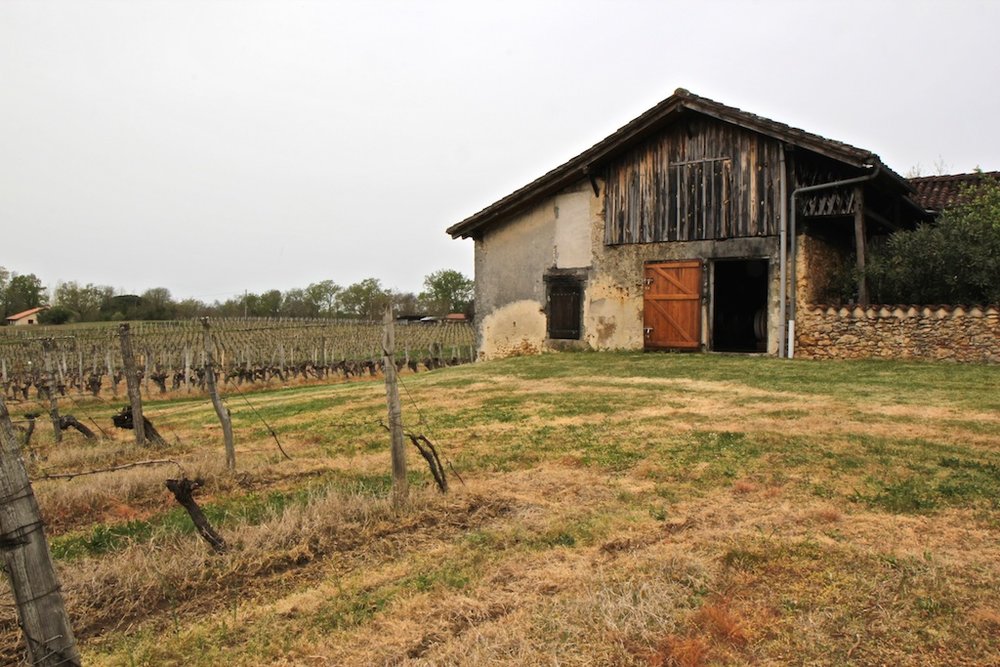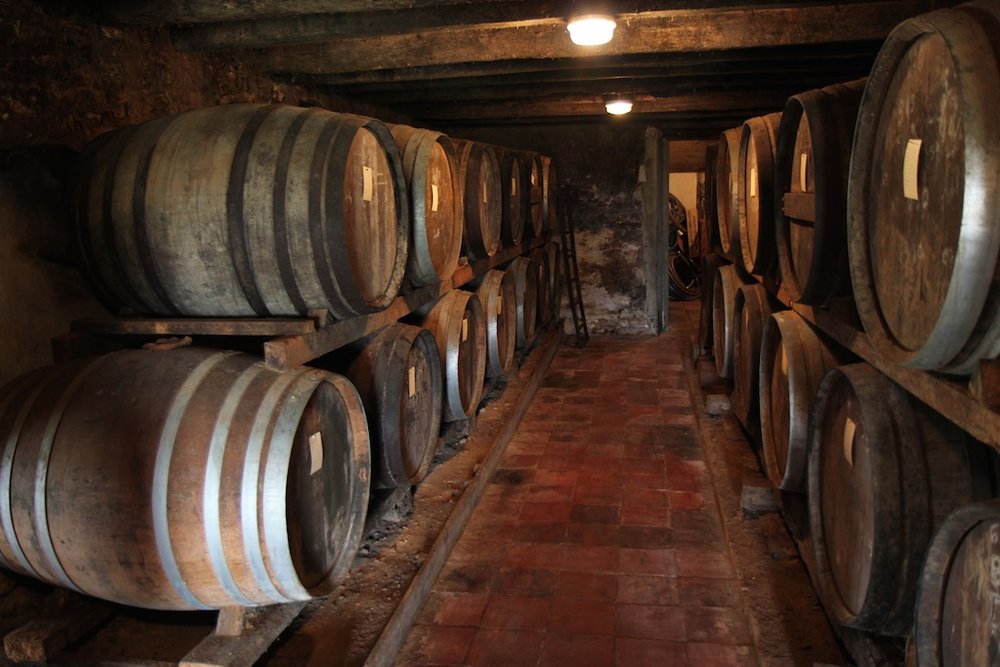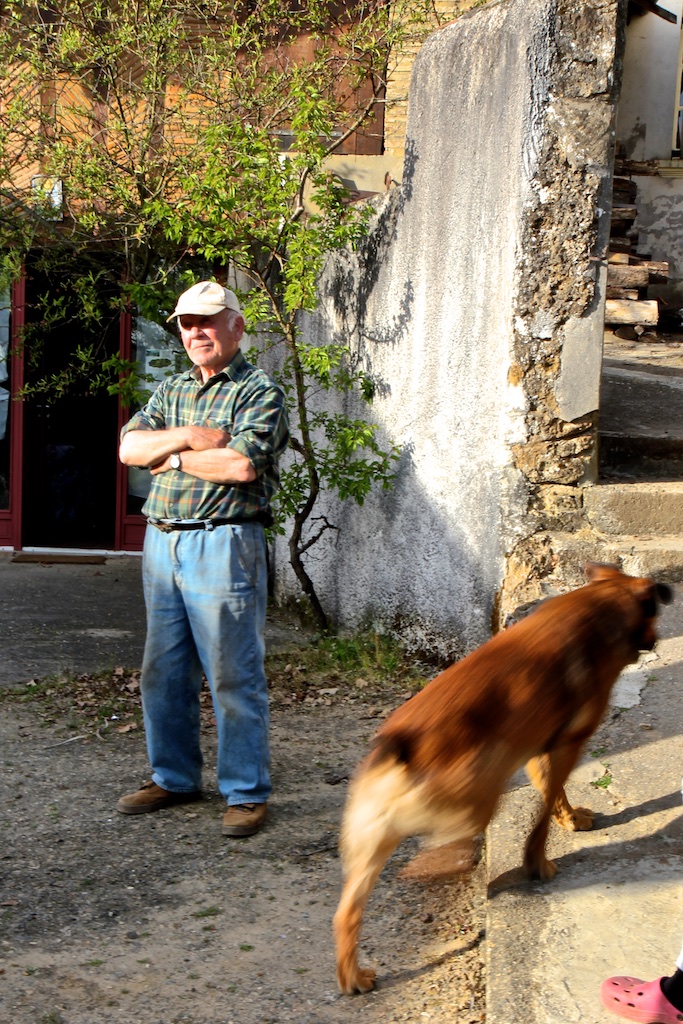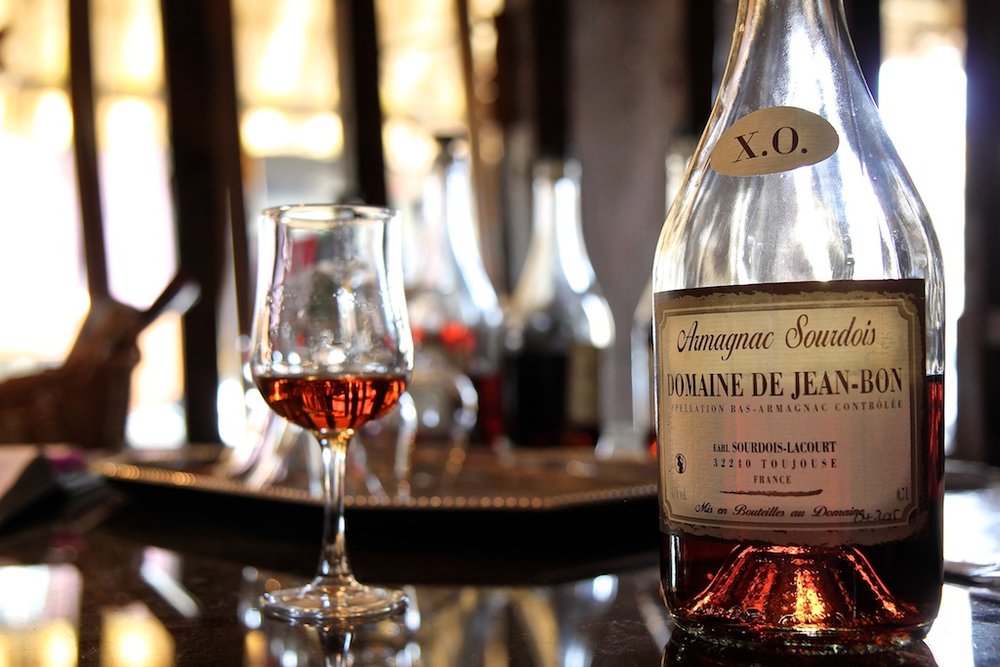Cottage Industries

What is it that turns you on about Bourbon? Is it the big, charred oak flavor? Is it the blue-collar, working-man image? Maybe it's the back-country, farm-industry roots of Bourbon that build such a romantic image in your mind. Well, let me tell you something: with descriptors like that you might as well be talking about Armagnac. Other than the fact that Armagnac is made from grapes instead of corn, the rugged French brandy is pretty much France's version of Kentucky Bourbon. Much like Bourbon likes to distance itself from Scotch as less-expensive and less-elitist, the distillers of Armagnac want nothing to do with Cognac's lifestyles of the rich and famous. There's definitely a long-standing tension between the upscale, moneyed-interests of the Charente's finest Cognac houses, and the small "peasant" farmers of the Gascogne. Most Cognac producers will openly mock the rugged and unrefined character of Armagnac, while most Armagnac producers scoff at the "ridiculous" prices that many upscale Cognac producers charge. It's every bit the antagonistic class war that it sounds like, and it's incredibly entertaining to experience first hand when you're there. The back-handed complements, the snide remarks, and the rolling of the eyes when the name of the enemy is said out loud—it's 100 times more intense than the much softer conflict between Scotch and Bourbon, and it's a rivalry that dates back many centuries.

If you're like me, and you've read countless books about Bourbon's history, then you'll know that American whiskey began as a cottage industry with thousands of country farmers turning their excess home-grown corn into something they could drink and barter with. Today, however, that old-time country image is exactly that: an image. There's nothing cottage-sized about Buffalo Trace, Wild Turkey, Four Roses, or Jim Beam. These are gigantic distilleries owned by gigantic companies that make gigantic amounts of money when you buy their products. As Reid Mitenbuler points out in his book Bourbon Empire, the salesmen in Kentucky have always spun a good yarn, using well-known and recognized figures of the frontier to better market their products as bastions of the everyman. That same savvy still exists in today's Bourbon renaissance. Six-hundred years after its original inception, however, Armagnac has yet to make that same transition. It's still every bit the rustic, bucolic cottage industry you think it is. The distilleries (if the farmer actually owns his own still) are in the barn or detached garage. The barrels full of aging brandy are stored in the basement or in the shed. There is little attempt at marketing, and much of what is produced is sold locally.

Not that I have anything against Kentucky, or it's incredible whiskies. I love Bourbon, and it's exactly because I love the storied ideal of American whiskey that I enjoy the rustic reality of French Armagnac. I have many friends in the industry who work in the Bourbon trade; wonderful distillery managers, generous brand ambassadors, endearing marketing managers, and wise master distillers—lovely people who do an amazing job working for the huge interests that finance their respective operations. But when you visit a Kentucky distillery, it's not like you're driving up some long, gravel driveway lined with old oak trees with the quaint little Bourbon factory sitting at the end, smoking away as delicious whiskey is produced in small batches by a mom and pop operation. That's not to say that such a spirits reality doesn't exist, however, because it absolutely does: on the other side of the Atlantic, in the southwest of France, where hundreds of idyllic scenes of this very nature await your arrival. You pull up to the house, the family dog runs out to greet you, and the farmer comes out to shake your hand; his fingers hard and calloused from hours of work out in the vineyard. Ironically enough, it's in Gascony that the American ideal of a down-home, blue-collar spirit actually exists. In France—a country that many Americans automatically associate with high-browed food and wine snobbery.

And the prices! If you need proof that what I'm saying is true, buy yourself a bottle of 29 year old Pellehaut for $79.99 and contrast it to something comparable from the whiskey industry. Armagnac is the last great untouched aged spirit, and the prices reflect the current lack of demand. It's only because of the language barrier, the complete lack of infrastructure, and the miniscule amounts of mature stock available that the booze industry's giant marketing machine hasn't completely gutted this category. They don't know what to do with it, how to select quality, or where to even start with a marketing plan. More importantly, they can't secure the quantities they need to make the proposition profitable enough. That's exactly why a niche retailer like K&L can get 30 year old single cask Armagnac selections for under $100. Have you seen the prices for our latest arrivals? Do a search of the K&L site and see what you find. Will you like Armagnac if you like Bourbon? I don't know, but I have to think Bourbon drinkers will be attracted by the similarities—both in flavor and image.
If you're on the hunt for small batch, family-owned, hand-harvested, rustic brown spirits with serious age and maturity, then there's only one true cottage industry left in the booze industry. It's Armagnac, and it's every bit as honest, true, and wonderful as it seems. If you think our current selection is impressive, then I'd advise you to sit back and watch the show. We're just getting started.
-David Driscoll
